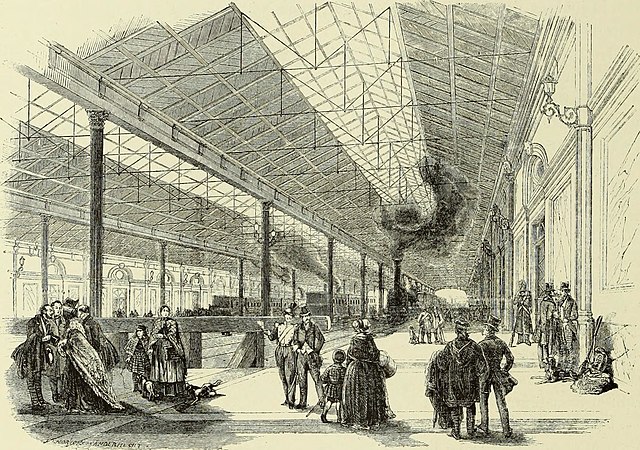
The Impact of the Industrial Revolutions on Theatre in the West
In the annals of history, few events have had as profound an impact on society as the Industrial Revolutions. The seismic shift in technology, economy, and social structures would eventually shape the world of theatre in the West. This article will explore how the Industrial Revolutions transformed the theatrical landscape, giving rise to new genres, methods of production, and audiences.
The First Industrial Revolution: A New Era for Theatre
The rise of the middle class
The First Industrial Revolution (mid-18th to mid-19th century) saw the advent of mechanized production and the growth of the factory system. This economic transformation led to the rise of a new middle class, a group with both the disposable income and leisure time to indulge in cultural pursuits such as attending the theatre. This emerging audience would become a significant driving force behind the evolution of theatre in the West.
Urbanization and its effect on theatre
The migration of people from rural to urban areas in search of better economic opportunities resulted in the growth of cities. This urbanization led to an increased demand for entertainment, and theatres sprang up in these urban centres to cater to this need. As a result, the theatre became an integral part of the urban cultural landscape.
The Second Industrial Revolution: Technological Advancements and Theatrical Innovations
Electricity takes the stage
The Second Industrial Revolution (mid-19th to early 20th century) introduced several technological advancements, including the widespread use of electricity. This innovation revolutionized theatre production by allowing for more sophisticated lighting techniques, enhancing the atmosphere and creating more immersive experiences for the audience.
Transportation and touring productions
Another critical development of this period was the expansion of railroads and other transportation systems. This advancement made it easier for theatre companies to tour and reach wider audiences, leading to the popularization of theatre throughout the West.
The Birth of New Genres and Methods of Production
Melodrama and the working class
As the theatre began catering to a more diverse audience, new genres emerged to satisfy the tastes of the growing working class. Melodrama, characterized by its sensationalism and clear distinction between good and evil, became a popular form of entertainment. The formulaic nature of melodrama made it easily accessible and enjoyable for the masses.
Vaudeville and variety shows
The increasing demand for entertainment also gave birth to vaudeville and variety shows, which offered a mix of comedy, music, and other acts in a single performance. These shows catered to a wide range of tastes and served as a precursor to modern variety television shows.
The Industrial Revolutions had a profound impact on the development of theatre in the West. The rise of the middle and working classes, urbanization, and technological advancements all contributed to the evolution of theatre as an art form and as a popular form of entertainment. Today, we can still see the lasting effects of these transformative periods in the diverse array of theatrical productions and the continued popularity of theatre as a cultural institution.






